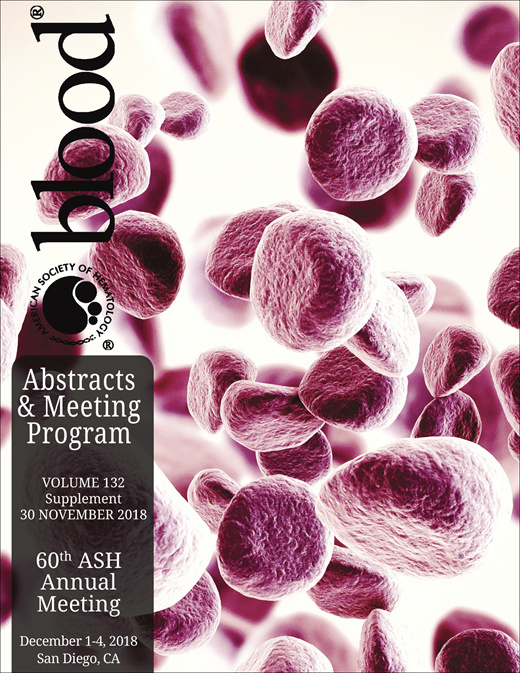Abstract
Background: The cumulative incidence of symptomatic venous thromboembolism (VTE) among patients with malignant glioma (MG) is high, with estimates ranging from 20-35% during the course of therapy. VTE is the second leading cause of death among ambulatory patients receiving cancer chemotherapy, with a 2-fold or greater increase in mortality compared to those without VTE, even after adjusting for stage. In patients with MG and VTE the chance of two-year survival is significantly reduced. The development of VTE is also associated with increased morbidity, including increased risk of hospitalization, delays in cancer treatment, and an increased risk of complications including pain, bleeding, and bruising from high dose therapeutic anticoagulation. The economic burden of VTE in cancer patients is estimated at a 2-fold increase in cost. Data regarding VTE burden encompasses all cancer types and additional data is needed to characterize VTE burden in specific cancer types, particularly rarer cancers. The aim of this study was to assess the healthcare burden associated with the development of VTE in patients with MG.
Methods: A retrospective chart review of patients with MG at an academic medical center was conducted from 2009-2017. Sixty-seven patients, age 18 years and older, with a histologic diagnosis of MG (WHO grade III-IV) were assessed. The number of office visits, emergency room visits, and inpatient hospitalizations with the associated costs of VTE management and its complications were collected. Using SPSS, linear regression models and descriptive statistics were used to determine the relationship between the development of VTE and healthcare consumption.
Results: Of the 67 patients in the study, 18 developed VTE (27%). All patients who developed a VTE were placed on therapeutic anticoagulation. Fifty percent of patients developed complications related to anticoagulation, including gastrointestinal, retroperitoneal and intracranial bleeding events. Two patients required placement of an IVC filter after experiencing a bleeding complication. Patients that developed VTE had an increase in inpatient days (16.6 inpatient days) as compared to their non-VTE counterparts (8.8 inpatient days), (p=0.012). There was increased utilization of the emergency room with an average of 3.94 visits in those patients with VTE as compared to those without (1.84), (p=0.003). A full cost analysis found that the average primary total cost for ED visits and inpatient hospitalizations in patients with VTE was $48,863 while those without VTE averaged $35,948. This represented a 26% increase in the average primary total cost in those patients with VTE.
Discussion: The development of VTE in patients with MG increases inpatient admissions days and incurs additional pharmaceutical costs related to anticoagulation. This study represents the first assessment of VTE-associated health care burden specific to primary brain cancer. We confirm that VTE affects a large number of patients with MG (27%) and limits the time spent at home due to increased hospitalizations and emergency room visits. VTE may be a preventable complication and further studies are needed to investigate safe prevention strategies for patients with MG.
No relevant conflicts of interest to declare.
Author notes
Asterisk with author names denotes non-ASH members.

